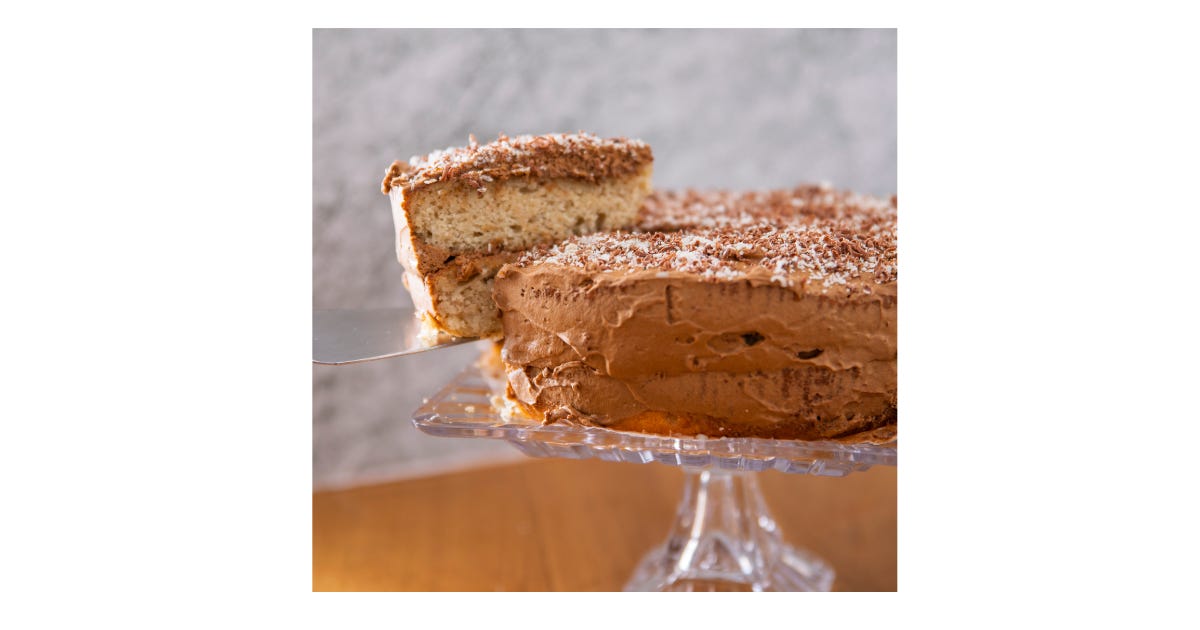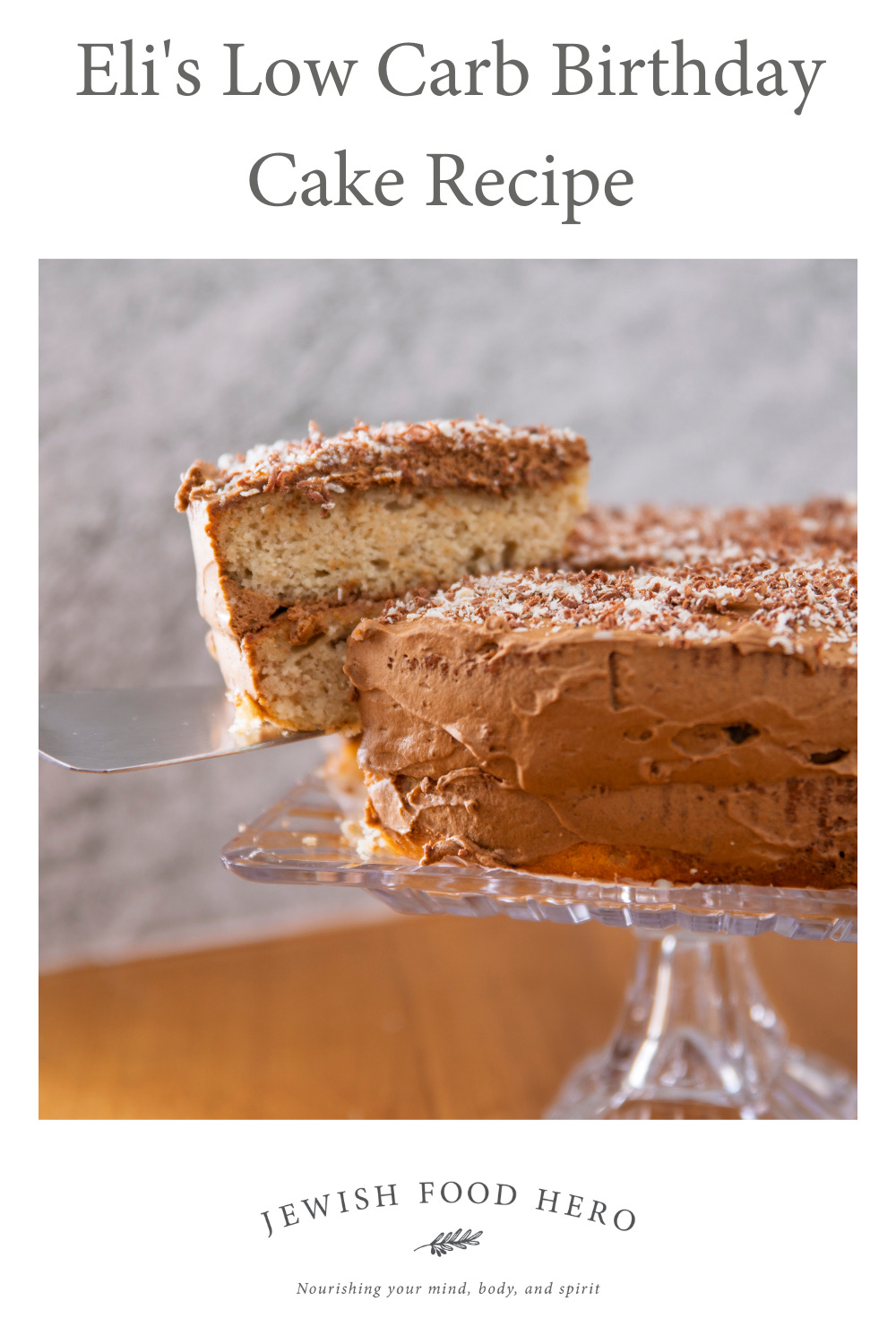Eli’s journey into the world of low-carb cooking began after her son was diagnosed with diabetes. Faced with the challenge of managing his condition, she turned to low-carb recipes as a way to help him stay healthy. In this interview, Eli shares how her son's diagnosis sparked her passion for low-carb cooking, her experiences, and how she’s creating accessible, delicious meals that can help others manage their health while still enjoying great food.
Introduce Yourself to Our Readers
Can you tell us a bit about yourself—your work, hobbies, and what brings meaning and joy to your life?
Hi, I'm Eli Rutenberg. I grew up in Toronto, Canada, where I was a tomboy and loved playing baseball. I’ve worked in the finance industry since 2001, specializing in online trading, and while it’s not my passion, I do enjoy it.
In 2013, I made aliyah to Israel and reconnected with my love for baseball by becoming a coach. Today, I’m the Regional Director for Beit Shemesh Baseball, a program under the Israel Association of Baseball, with over 180 kids and 50 adults on our teams. I manage registration, coaching, umpiring, equipment, and advanced training for players, as well as organizing our free yearly events. Baseball is more than just a sport to me—it’s a community builder, especially for American Olim in Beit Shemesh. It provides a familiar environment, helping ease their transition to life in Israel.
I’m also a proud mom to Ezra, who was diagnosed with Type 1 Diabetes at age 6. He’s now turning 18. After reading Dr. Richard Bernstein’s book on the keto diet, we saw a significant improvement in his health. That led me to create a cookbook full of low-carb, kosher recipes to help parents of Type 1 kids manage their children’s diet while maintaining a kosher keto lifestyle.
With encouragement from friends and family, I’m now working on a resource guide to help others follow a keto diet successfully.
Your Personal Journey
How has adopting a low-carb lifestyle impacted your physical and mental health?
Adopting a low-carb lifestyle has been transformative, especially for my son Ezra, whose blood sugar levels have been much more stable. Over the past 12 years, his HbA1c levels have stayed between 5.0% and 5.8%, which is exceptional. He experiences very few highs or lows, avoiding the blood sugar rollercoaster that many Type 1 diabetics face.
At first, Ezra’s endocrinologist was hesitant about the ketogenic approach, but over time, she came to view it as a viable long-term strategy, even considering Ezra as a model patient. This experience reinforced the importance of trusting my instincts and advocating for my child’s health.
For me, the journey led to a mission: ensuring that our dietary changes didn’t mean sacrificing the flavors and traditions we love. Through creativity and determination, I’ve learned that it’s possible to balance health with heritage.
I’ve also embraced a holistic approach to my own health, working out daily and constantly educating myself. Reducing sugar isn’t just beneficial for diabetics—it’s healthier for everyone. I believe the conventional food pyramid needs a major shift. Carbs should be at the top of the pyramid, consumed in moderation, while healthy fats and proteins should form the base. The rise of processed foods today is a major concern, as they contribute to blood sugar spikes, inflammation, and long-term health risks.
Tell Us About Your New Cookbook
What inspired you to write this cookbook, and what do you hope readers will gain from it?
The journey to find kid-friendly kosher keto recipes wasn’t easy. After sifting through many non-kosher cookbooks and modifying recipes, I realized there was a need for a cookbook like this. This book was born out of necessity— to help families like mine maintain a low-carb diet while adhering to kosher laws.
It features over 100 kosher recipes for everyday meals, Shabbat, and Jewish holidays. It also includes practical tips, kitchen essentials, a list of kosher keto products, lunchbox ideas, and a guide to alternative sweeteners.
I owe a lot to the work of Carolyn Ketchum, Maria Emmerich, and Elana Amsterdam, whose insights shaped both my cooking and my family’s keto journey. This cookbook is about paying it forward—helping others navigate the kosher keto lifestyle with ease and joy.
Low-Carb Eating for Kids
How do you make low-carb eating enjoyable and inclusive for your child?
Making low-carb eating enjoyable for kids can be challenging, but with creativity, it becomes a fun family journey. For Ezra, I focused on recreating his favorite dishes using low-carb ingredients. Almond flour pancakes, zucchini noodles, and keto-friendly pizza are just some examples. These alternatives helped stabilize his blood sugar levels without sacrificing flavor. If I removed a food he loved, I made sure to replace it with something just as enjoyable.
Involving Ezra in meal preparation was key. He helped choose recipes and cook, which gave him a sense of ownership over his diet and made him more enthusiastic about his meals. We even created a YouTube channel to share our recipe journey, though we couldn’t keep it up as Ezra’s schedule became busier.
Since adopting this lifestyle, our family has experienced positive changes—Ezra’s blood sugar is stable, and we’ve bonded over cooking and learning together. It’s important to note that this diet should be followed with medical guidance, especially for children.
Health Benefits of Low-Carb Eating
What are the key health advantages of reducing sugar or following a keto lifestyle?
Adopting a low-carb lifestyle has brought several benefits, especially in managing Type 1 Diabetes. Ezra’s HbA1c levels of 5.0%–5.8% over 12 years reflect stable blood sugar and reduced risk of complications. By choosing low-carb meals, we’ve reduced blood sugar spikes, which are a significant concern for diabetes management.
Dr. Richard Bernstein’s book, The Diabetes Solution, was pivotal in our journey. His “law of small numbers” emphasizes that smaller insulin doses are needed with lower-carb meals, reducing the risk of extreme blood sugar fluctuations. Dr. Bernstein’s approach has deeply influenced us, showing how diet can improve both quality of life and long-term health.
Ezra’s pediatrician, Dr. Raphy Singer, supported our choice to adopt the keto diet, and his endorsement helped reinforce our confidence in this approach.
Practical Tips for Families Transitioning to Low-Carb
What advice do you have for families looking to transition to low-carb eating?
Start by educating yourself about the various names for sugar and sweeteners. Just because a product is labeled “sugar-free” doesn’t mean it’s safe for diabetics—it may still contain ingredients that spike blood sugar. Be cautious about hidden sugars in packaged foods, such as honey, agave nectar, or silan.
Involving kids in meal prep is essential. It encourages them to take ownership of their diet and helps them enjoy the process. Additionally, when transitioning to a low-carb lifestyle, make sure to consult with a healthcare professional to ensure the diet meets all nutritional needs, especially for children.
Low Carb Birthday Cake Recipe
Category: Dairy
Prep Time: 20 minutes
Cook Time: 20-25 minutes
Total Time: 1 hour 30 minutes (including cooling time)
Yield: 2-layer 8-inch cake
Ingredients
For the Cake:
3 cups finely ground almond flour
1/3 cup vanilla whey protein powder (sugar-free)
2 tsp baking powder
1/2 tsp salt
1/2 cup butter (softened)
1/2 cup sugar alternative
3 large eggs
1 large egg yolk
1/2 tsp vanilla extract
1/2 cup unsweetened almond milk
For the Frosting:
1 cup butter, room temperature
3/4 cup unsweetened cocoa powder
3/4 cup powdered sugar alternative
1/4 cup heavy cream, unsweetened
Optional Toppings:
Sugar-free sprinkles
Shaved dark chocolate
Tools
Two 8-inch round cake pans
Parchment paper
Electric mixer
Icing spatula (essential for even, polished frosting)
Instructions
Bake the Cake Layers:
Preheat the oven to 325°F (160°C). Grease two 8-inch round cake pans, line the bottoms with parchment paper, and grease the parchment.
In a large bowl, whisk together the almond flour, whey protein powder, baking powder, and salt. Set aside.
In another large bowl, beat the softened butter and sugar alternative with an electric mixer until light and fluffy.
Add the eggs one at a time, beating well after each addition. Mix in the egg yolk and vanilla extract.
Gradually add the dry ingredients, alternating with the almond milk. Mix until smooth, scraping down the sides of the bowl as needed.
Divide the batter evenly between the prepared pans.
Bake for 20–25 minutes, or until a toothpick inserted into the center comes out clean.
Let the cakes cool in the pans for 30 minutes, then transfer to a wire rack to cool completely before frosting.
Make the Frosting:
In a large bowl, beat the room-temperature butter with an electric mixer until light and fluffy (about 2–3 minutes).
Add the cocoa powder slowly and beat on low speed until fully incorporated. Scrape down the sides of the bowl as needed.
Gradually add the powdered sugar alternative. Begin mixing on low to avoid spillage, then increase to medium-high speed until smooth.
Slowly pour in the heavy cream while mixing. Beat until the frosting is smooth and fluffy.
To adjust consistency: Add more cream (1 tablespoon at a time) to soften, or more powdered sugar alternative to thicken.
Macros
Here are the updated macros per slice if you cut the cake into 20 servings:
Calories: 256
Fat: 25.6g
Total Carbs: 5.7g
Fiber: 3.0g
Net Carbs: 2.7g
Protein: 6.6g
I hope you enjoyed this interview and low carb birthday cake recipe.
Eli’s story is a powerful reminder that life-changing challenges can lead to unexpected and rewarding paths. From her son’s diagnosis to creating delicious, accessible low-carb meals, she has found a way to transform a difficult situation into a resource for others.
To our Health & Inspiration
Kenden













I’m curious about a few things. What sugar alternatives do you use— particularly for the powdered sugar? And how big is one serving? what is the carb count per serving???
You're amazing🩶